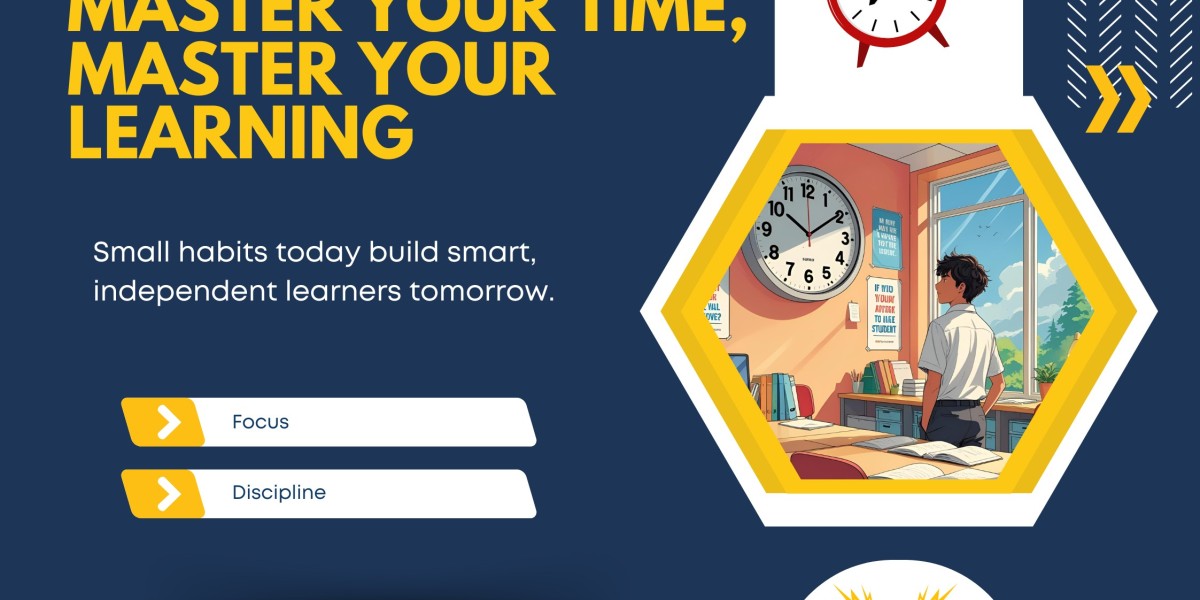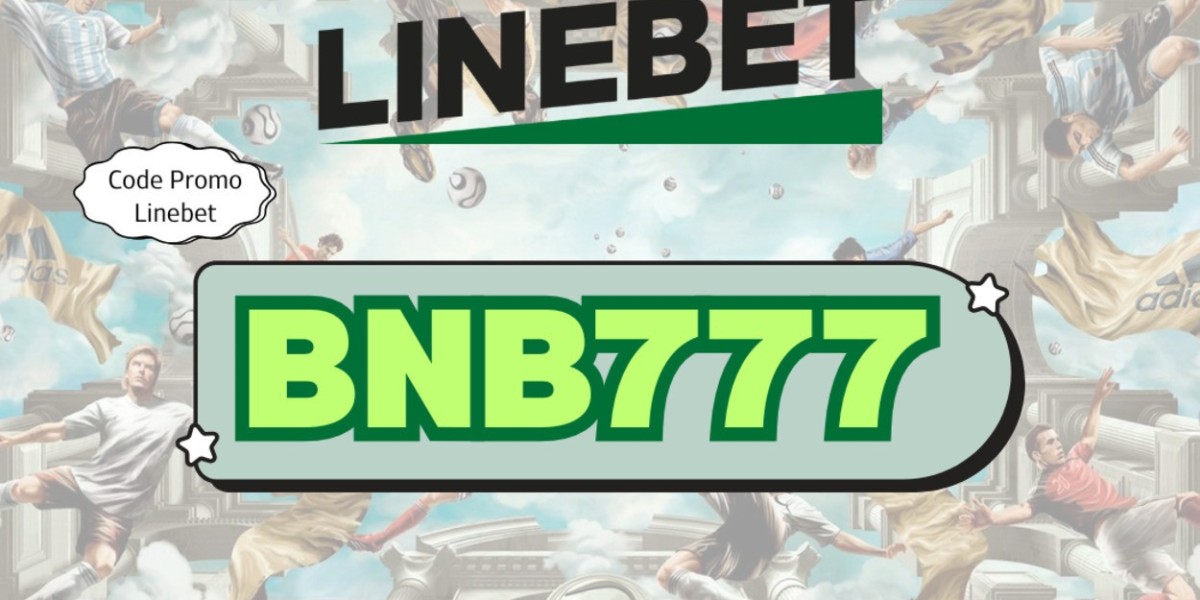Learning in primary school doesn't have to be boring. In fact, it shouldn’t be. Young students are full of energy, curiosity, and imagination. When teachers tap into those qualities with engaging activities, children learn more effectively. In Singapore, where education standards are high, it’s essential to balance structure with creativity. This blog offers simple, Activities for primary classes for primary classes that keep students excited about learning.
Why Fun Learning Activities Matter in Primary School
Builds Positive Associations with School
Children in primary classes are just starting their academic journey. Fun learning helps them develop a love for school and learning. When lessons feel like play, students engage more and retain information better.
Encourages Active Participation
Interactive activities help shy or quiet students participate. This improves classroom dynamics and builds communication skills in a natural way.
Supports Holistic Development
Beyond academics, creative classroom activities support emotional, social, and physical development. These skills are vital in Singapore’s holistic education approach.
Language and Literacy Activities
Storytelling Circle
Ask students to sit in a circle. Start a story with one sentence. Let each child add a line. This activity boosts imagination, listening skills, and sentence formation.
Word Wall Challenge
Create a word wall in the classroom. Add new vocabulary words weekly. Turn it into a game by having students use as many words as possible in a short story or during show-and-tell.
Reading Buddies
Pair older and younger students. Let them read books together during reading time. It strengthens reading habits and builds peer relationships.
Mathematics Made Fun
Math Treasure Hunt
Hide math problems around the classroom or schoolyard. Children solve clues to move to the next stage. This combines physical movement with logical thinking.
Pattern Art
Use colored paper, beads, or shapes to create visual patterns. This helps younger children understand sequencing, symmetry, and basic math concepts.
Dice Games for Counting
Use simple dice games to teach addition or subtraction. Students roll dice and record scores while learning number combinations in a playful way.
Science and Exploration Activities
Mini Experiments
Simple experiments like growing a plant or making a homemade volcano help students learn basic scientific principles. Discuss results and predictions as a class.
Nature Walk Journals
Take students for a short walk around the school garden. Ask them to observe, sketch, and write what they see. This fosters observation and inquiry-based learning.
Recycle and Create
Collect everyday items like bottles and boxes. Ask students to build something using them. They’ll learn about recycling, materials, and teamwork.
Creative Arts and Music
Draw Your Mood
Ask students to draw how they feel using colors and shapes. This is a great emotional check-in and promotes self-expression.
Classroom Performances
Let students perform short skits, sing songs, or recite poems. Rotate themes to match current lessons. Performing helps improve confidence and memory.
Make Your Own Instrument
Provide cups, strings, and paper rolls to let students create music instruments. They can use them in rhythm or music class for hands-on learning.
Physical Activities and Movement
Brain Break Games
Short movement games like “Simon Says” or “Freeze Dance” in between lessons help students release energy and focus better after.
Yoga for Kids
Simple yoga poses with storytelling can help children develop balance and body awareness. It also improves concentration and relaxation.
Obstacle Course Learning
Set up a mini obstacle course with stations. Each station can have a task related to subjects — a math problem, a spelling word, or a science question. Students move and learn at the same time.
Social and Group-Based Learning
Group Art Projects
Assign a group art piece, such as a class mural or collage. This encourages teamwork, patience, and shared responsibility.
Class Debate (Simple Topics)
Start with fun topics like “Cats vs Dogs” or “Books vs Movies.” Teach students how to share ideas, listen, and respect others’ opinions.
Role Play Activities
Assign roles and scenarios related to everyday life — shopping at a market, visiting the library, or talking to a friend. This supports social learning and communication.
Using Technology in the Classroom
Educational Apps
Many interactive apps are approved for use in Singaporean schools. These apps make subjects like spelling, math, and science more interactive and personalized.
Digital Show and Tell
Let students use tablets or laptops to create a short presentation or digital story about something they love. They learn tech skills while expressing themselves.
Online Quiz Games
Use quiz platforms to test knowledge in a fun way. Points and badges make learning competitive in a healthy, encouraging way.
How to Plan Activities Effectively
Align with MOE Learning Outcomes
In Singapore, it’s important to align activities with the Ministry of Education’s learning outcomes. Choose activities that support key objectives.
Keep It Age Appropriate
Plan based on students’ age and ability. Younger students benefit more from tactile and movement-based tasks, while older primary students enjoy challenges and games.
Balance Fun with Structure
Fun should not mean chaotic. Establish clear rules, instructions, and timing for every activity. This helps students stay focused while enjoying themselves.
Challenges and Solutions
Limited Time
Not every lesson has time for a full activity. Use short, high-impact ideas like word games or quick pair discussions.
Large Class Sizes
Group-based activities can be effective in large classrooms. Use rotation or stations to manage space and engagement.
Different Learning Styles
Try to include visual, auditory, and kinesthetic elements in your activities. This ensures that all students benefit.
Conclusion
Making learning fun in primary classes doesn't mean losing structure. For teachers in Singapore, blending interactive, educational activities with academic goals is the key to a well-rounded classroom. Whether it’s a storytelling game, a group science project, or a quick math treasure hunt, these methods help students love learning. And when students enjoy the process, they are more likely to succeed — both in school and beyond.







